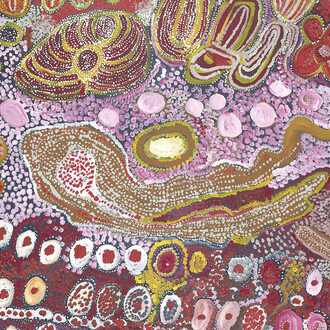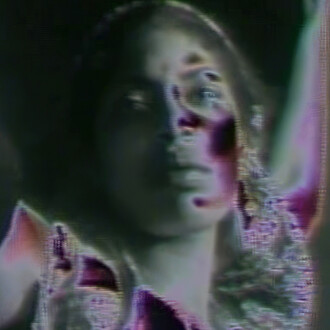Baselitz: Six Decades is the first major US retrospective in more than twenty years of one of Germany’s greatest living artists, marking the artist’s 80th birthday. With more than 100 works highlighting every phase of Baselitz’s six-decade career from the 1950s to today, this milestone exhibition features work never before seen in the U.S. and cements Baselitz’s reputation as one of the most original and inventive figurative artists of his generation.
For the first time, US audiences can experience the full scope of Baselitz’s powerful explorations of the human figure, as well as the influence of American artists on his early work and his continued impact on contemporary American painting and sculpture. Baselitz’s creative genius, combined with his message about the inherent strength of the everyday human condition, make this exhibition particularly compelling.
Baselitz: Six Decades will span the Hirshhorn’s second floor galleries, and features iconic paintings, works on paper and wood and bronze sculptures from renowned private and public collections across Europe and North America.
The exhibition traces the foundational impact of Baselitz’s career as he pushed the limits of painting and sculpture through lifelong artistic experimentation. Organized chronologically, it begins with paintings and works on paper from the late 1950s, when Baselitz was first influenced by the Art Informel postwar movement, which abandoned geometric abstraction in favor of a more intuitive form of expression—to which he contributed a unique figurative vocabulary.
The show will include one of Baselitz’s most notable works of that period, The Naked Man (1962), in which the artist used a shocking image of a male figure to express the pervasive discontent with Germany’s socialist politics. The image was so controversial it was confiscated by authorities. Additional highlights will be the celebrated paintings from his iconic Helden (Heroes) and Fracture series (1965–1966), which underscore the strength of the German people following World War II. Additionally, the exhibition will present Baselitz’s groundbreaking upside-down paintings—an innovative practice that first brought Baselitz to international fame in the 1970s.
Organized in partnership with the Fondation Beyeler, the exhibition is curated by Hirshhorn chief curator Stéphane Aquin and the Beyeler curator at large Martin Schwander. It opens at the Beyeler in Basel, Switzerland on January 21, before traveling to D.C. The Hirshhorn hosted Baselitz’s first-ever career retrospective in 1996, and this new exhibition builds on that milestone with an expanded look at his exceptional career.
















